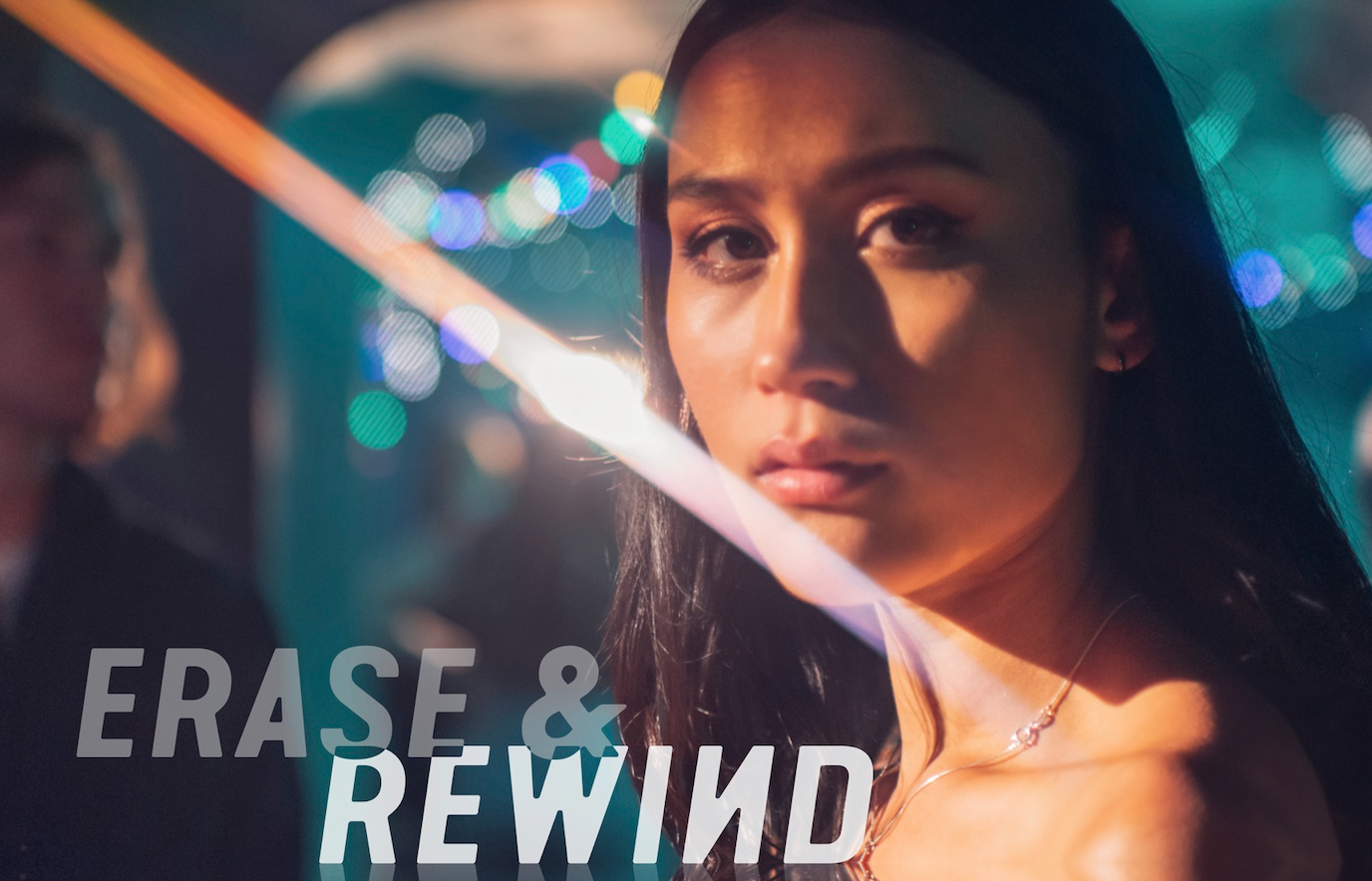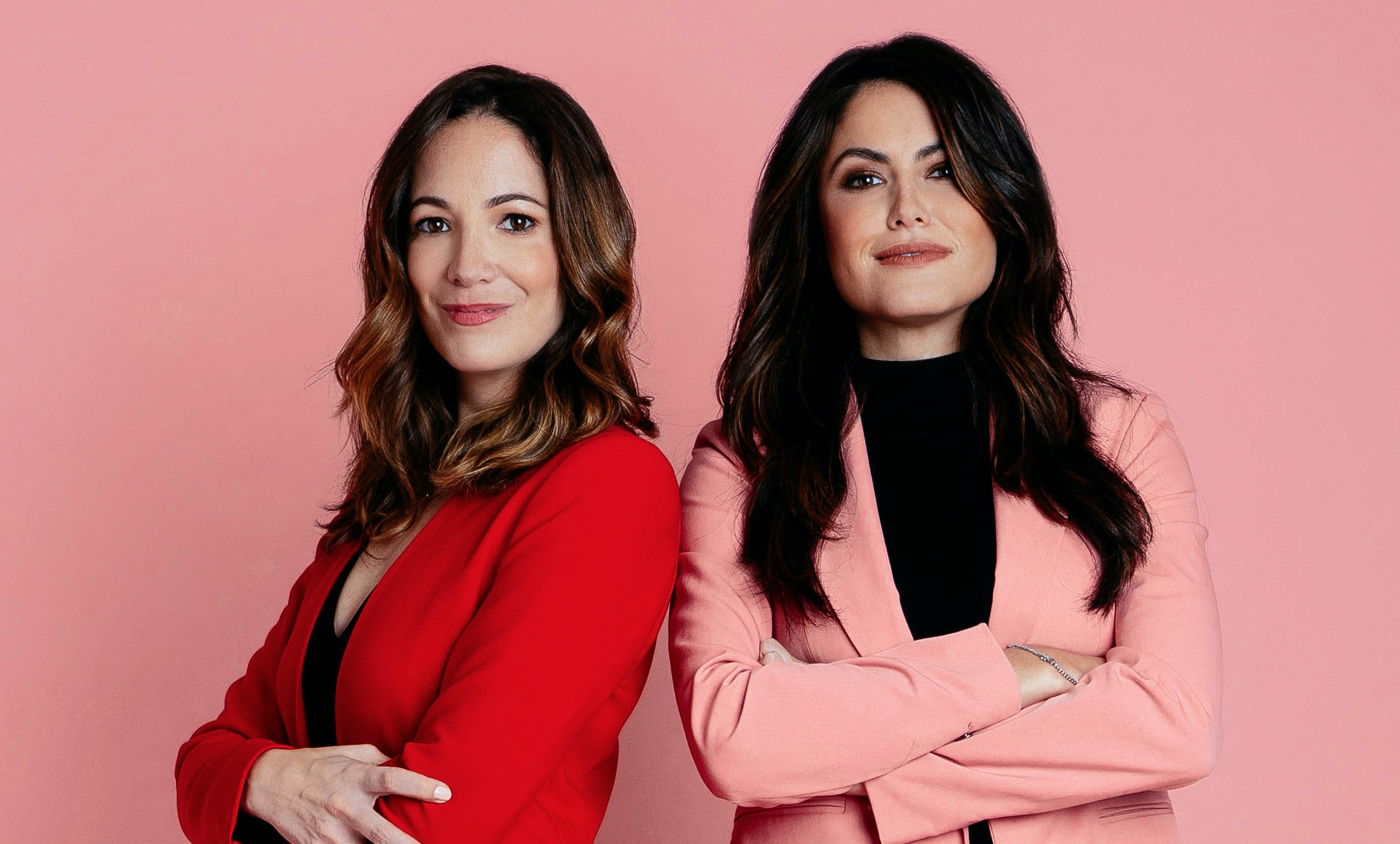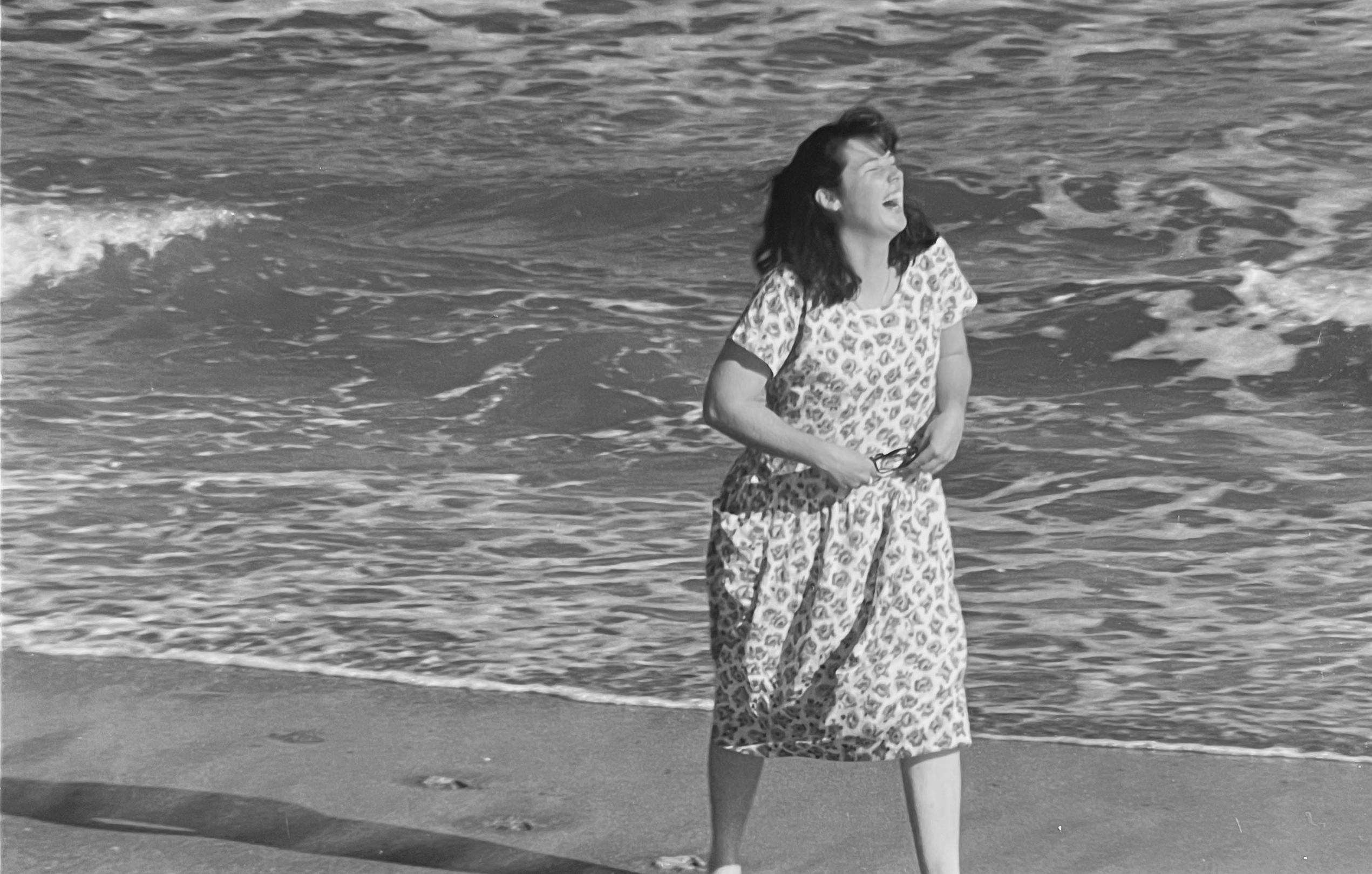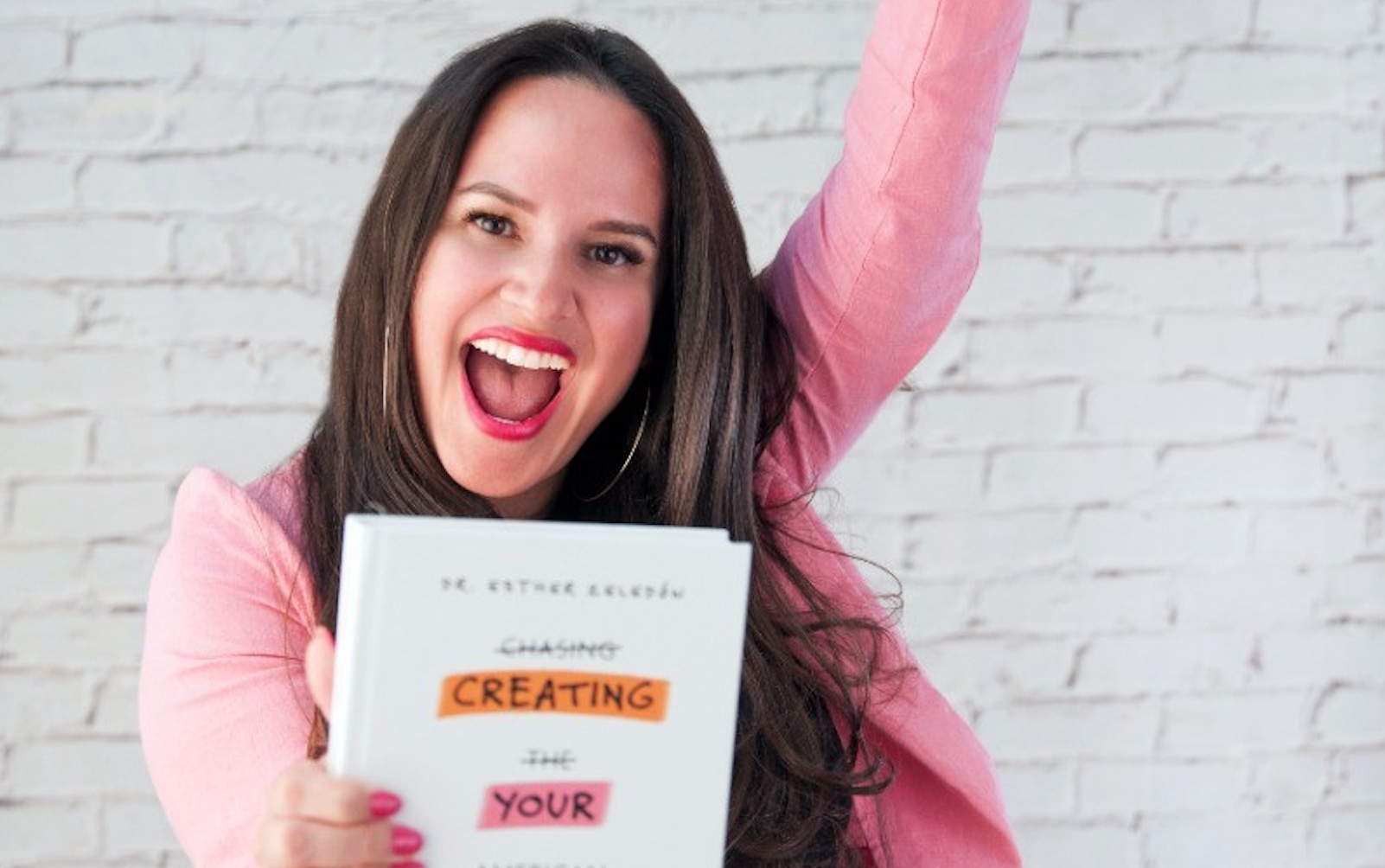
It was hard not to miss the numerous news headlines touting the announcement out of Saudi Arabia recently, stating that women will finally be able to drive legally. This has been a long time coming, as the Kingdom still has a long way to go in terms of women’s rights. Only a few years ago women were finally allowed to vote and run for various political positions.
And while we and many others hope to see continued progress for Saudi women, there are still many barriers which must be broken down. One of those barriers is the male guardianship law, which mandates women be accompanied by a man in public and for a number of everyday activities. Earlier this year King Salman issued a decree loosening some of these laws, stating women could access government services such as education and healthcare without needing their male guardian’s consent. But the rest of the law remains in place.
This means a woman still has to seek permission from her husband, father or even son if she wants to do things such as get married or be freed from jail.
Despite the long road ahead for women’s rights, there are activists, artists and entrepreneurs who are using their own platforms to raise awareness about equality. One of these artists is Saffaa, who only goes by her pseudonym for safety and privacy reasons. Saffaa moved to Australia to study in 2008 (she is a PhD candidate at the University of Sydney) and told ABC.net.au she didn’t fully realize how entrenched the patriarchal guardianship laws were until leaving the country. She received a scholarship from the Saudi government, but they required her to travel with a male from her family.

“For a long time, I didn’t feel the weight of the guardianship system because I have a very understanding family, and my father was never a controlling man,” she explained to ABC reporter Siobhan Hegarty.
Saffaa had to appeal to the patriarchal sensibilities of the Saudi ambassadors in Australia a number of times about her visa, which frustrated her. The embassy consistently emailed her demanding to know who her male guardian was, and because she ignored them, she eventually lost her scholarship. But that was not the end of her time in Australia, in fact it became the catalyst for an even bigger purpose.
From the relative safety of Australia, Saffaa began speaking out against the guardianship laws, eventually voicing her anger through her artwork with a series called ‘I Am My Own Guardian’ in 2012. It was her way of being a one-woman resistance project, and it has since become a viral hashtag on Twitter, with her images being widely shared on social media. Saffaa has also had her work displayed at various exhibits in Australia. She never thought it would become as big as it has.
“I Am My Own Guardian was never meant to be a movement or even a campaign. It was just an artwork I created to personally protest, in a very quiet way, the discriminatory laws that the Saudi government imposes on their female students here in Australia. I don’t think the Saudi government realized how powerful works of art can be,” she said.
ABC shared information about her most recent work, a mural painted on the wall of the Sydney College of Art’s campus cafe (lead image in this article). The women she depicted include Australian Muslim activist Yassmin Abdel-Magied and anti-guardianship campaigner Maryam al-Otaib. The mural was completed in collaboration with 30 other Saudi artists.

Saffaa’s powerful images and statements from her series have also been featured in local press such as the Sydney University newspaper Honi Soit, as well as bigger outlets such as the Guardian. As per a post on her Instagram account, images from the I Am My Own Guardian series has also been made into stickers and t-shirts available on ASOS.
Some of the Saudi activists featured throughout the series include women’s rights activists Manal Al-Sharif and Samar Badawi, who have also been protesting the guardianship laws.
The reaction to her art and the ongoing project has been mixed. She told the Guardian that many Saudi housewives started secretly sharing their stories about feeling oppressed under the guardianship laws, but there were also women, predominantly wealthier women with ties to the government, who publicly stated their support for the laws.
Because of her determination to give a voice to women like her, she has also experienced harassment and threats from men. At an exhibition of her work in Melbourne, a man came up to her asking why she was airing Saudi Arabia’s “dirty laundry” to the West. The interaction filled her with anger.
“A man comes with all his privilege and entitlement, and asks me why am I airing our dirty laundry to the west? First of all you’re admitting that it’s shameful, there’s shame behind the question. But you’re coming to me and telling me not to do something, trying to censor me. I was thinking, ‘That’s exactly why I make this art, because of people like you’,” she explained to the Guardian’s Sarah Malik.

The mural in the Sydney Uni cafe features women such as Maryam al-Otaibi, a 29-year-old year old woman in Saudi Arabia who was detained for without charge for 104 days because she left home to be away from her abusive brother, and live by herself in a different city. Maryam’s own family reported her to the police.
Another woman featured is Khadija – known only by her first name – who became paralyzed from the waist down after falling off a balcony while trying to escape an abusive husband. She sadly ended up passing away. These stories may be sad, and some tragic, but they are the inspiration for Saffaa’s continual activism.
“I’m trying to make it a story about resilience as opposed to a story about oppression. The women inspired me to do this artwork. They inspired me to speak up because for a long time, although [I’ve always] criticized the government, I’ve never actually been that vocal on social media. But when I saw Maryam, I was like, dude, if she can do that, I can do more. I should be doing more,” she told Honi Soit.
Part of her mission is not just to raise awareness of the sexist culture in Saudi Arabia, but also to flip the script on the stereotypical narrative around Saudi women so often depicted in the mainstream media and news in a bid to combat rising Islamophobia.
لا تفوتكم جدارية #سعوديات_نطلب_اسقاط_الولايه462 في سيدني. آخر شهر.
One more month 2 check out our mural @ #SCA .. #IAmMyOwnGuardian pic.twitter.com/XxFe2RSlHe
— Ms Saffaa (@MsSaffaa) October 10, 2017
People come to me with a preconceived idea of what a Saudi woman should look like, should speak like, should sound like. They always say, ‘Where are the Saudi women, why aren’t they speaking for themselves?’ We’ve been speaking, you just choose not to listen. Instead of coming with all this baggage, just leave it behind and actually listen to me,” she said.
Clearly her own work and the viral and visceral reaction it is getting has proved the Saudi woman’s voice is indeed powerful. Saffaa describes her fight as two-fold – fighting the laws back in Saudi Arabia while also pushing back against Islamophobic narratives in the West. She believes there needs to be more nuance in conversations especially about issues concerning Muslim women, rather than have their lives and experiences being used as ideological and political collateral.
“It’s not just about religion, it’s a lot of different elements that interplay with each other and they can’t be discussed in isolation. There’s religion, there’s politics, there are regional alliances, there are global alliances, there’s the hypocrisy that’s in the West … It’s so complex, this situation. It’s so rich, and it has a lot of different things that you need to discuss,” she said.
This is why art is important. Art gives people a voice in a way that other mediums do not. Art can become the very vehicle to break down barriers and create opportunities for freedom. Saffaa’s work is a great example of this. We hope to see the #IAmMyOwnGuardian hashtag and art series continue to make an impact around the world. Follow Saffaa on Instagram and Twitter to keep up with her work.


















One thought on “Australian-Based Saudi Artist Challenging Sexist Guardianship Laws Through Her Work”